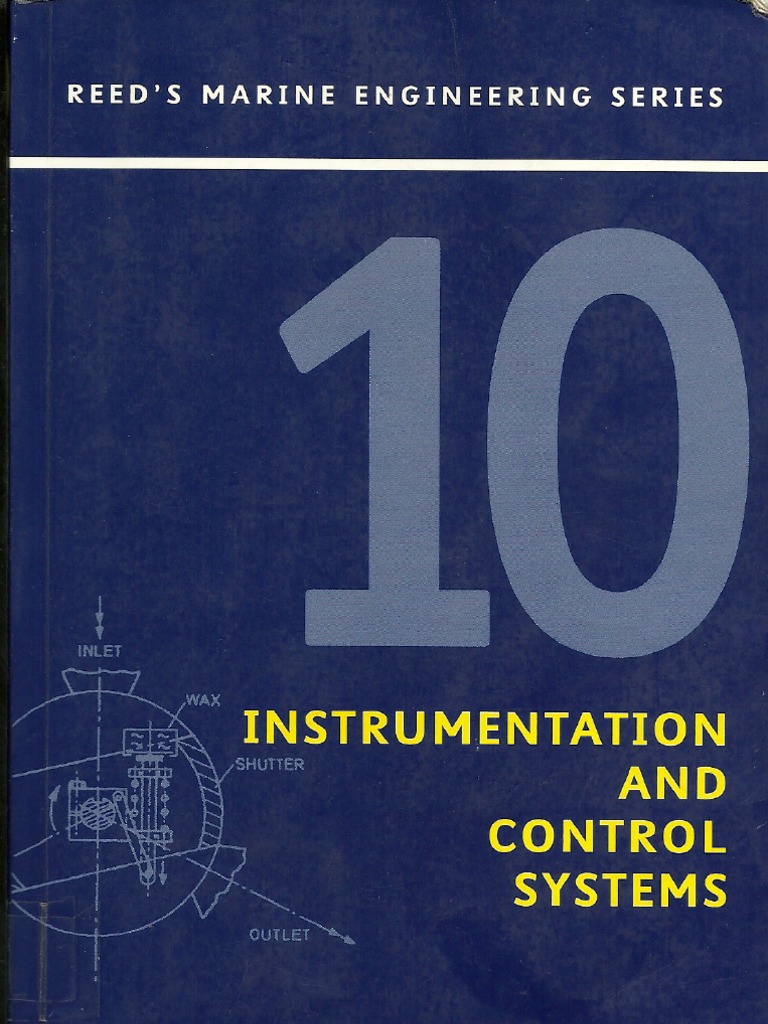Instrumentation and control can be likened to a maestro conducting a symphony orchestra—every instrument, every note, and every nuance meticulously orchestrated to achieve a harmonious outcome. In much the same way, instrumentation serves as the meticulous interface between physical phenomena and the human intellect, facilitating our understanding, manipulation, and management of complex systems. This discourse delves into the multifaceted realm of instrumentation and control, illuminating its significance, applications, components, and the intricate interplay of theory and practice.
Defining Instrumentation and Control
To unravel the intricacies of instrumentation and control, one must first comprehend what these terms entail. Instrumentation encompasses a wide array of devices and systems designed to measure, monitor, and regulate various physical quantities—temperature, pressure, flow, level, and chemical composition, to name a few. Control, on the other hand, refers to the methods employed to manipulate these variables to ensure a desired outcome or maintain system stability. Together, these components contribute to the operation of numerous industries, from manufacturing and chemical processing to aerospace and healthcare.
The Spectrum of Instrumentation
Instrumentation is the backbone of modern science and engineering. Devices such as sensors, transducers, and analyzers serve as the eyes and ears of an operation, transforming raw data from the environment into meaningful information. At a fundamental level, sensors detect changes in physical phenomena and generate signals that can be interpreted. For instance, a temperature sensor measures heat variations and provides output that allows systems to react accordingly. This transfer of information is analogous to a dancer interpreting music; each movement prompted by a subtle change in rhythm or tone.
In the realm of industrial processes, instrumentation equips operators with the visual specter needed to detect subtle shifts in system behavior. For example, a flow meter quantifies the rate of liquid moving through a pipeline, ensuring that production targets are met without compromising safety or efficiency. In this regard, instrumentation not only enhances operational effectiveness but also fosters safety in inherently hazardous environments.
The Art and Science of Control
Control systems can be subdivided into discrete categories—open-loop and closed-loop systems. Open-loop control lacks feedback, executing predetermined commands without hemming in on real-time data or conditions. Imagine a toaster set to a specific time; it performs its task based solely on the input without adjusting for variations in bread thickness. In contrast, closed-loop control systems are endowed with the capability to receive feedback, allowing them to adapt dynamically to changing circumstances. An exemplary illustration is a thermostat that modulates heating based on the real-time temperature feedback from its environment—the ultimate embodiment of a responsive mechanism.
Robust control strategies, like proportional-integral-derivative (PID) controllers, are ubiquitous in industrial applications. This trifecta of action provides continuous output adjustments based on error—a measure of deviation from the desired state—thereby achieving optimal performance and minimal oscillation. It is akin to a seasoned sailor navigating turbulent waters, deftly adjusting the sails to maintain a steady course amidst the caprices of nature.
Instrumentation and Control in Practice
The application of instrumentation and control is pervasive and varied. In the oil and gas sector, remotely operated vehicles (ROVs) equipped with a sophisticated assemblage of sensors are deployed to explore the ocean depths and assess underwater pipelines. These instruments relay vital information, empowering engineers to make informed decisions remotely—akin to the eyes of an ancient land surveyor navigating uncharted territories.
In the realm of pharmaceuticals, stringent control over production parameters ensures the safety and efficacy of drugs. Every step of the manufacturing process is monitored through a network of sensors and controllers, ensuring that standards are met uniformly. This meticulous oversight is indispensable, for even the slightest deviation could result in catastrophic consequences.
Moreover, in the context of smart cities, the integration of instrumentation and control fosters sustainable urban development. Intelligent traffic systems equipped with sensors that detect vehicle congestion dynamically regulate traffic flow, minimizing delays and reducing emissions. It is a symphony of urban existence, uniting technology with human experience to create a harmonious living environment.
The Future of Instrumentation and Control
As technology hurtles into the future, instrumentation and control systems continue to evolve in sophistication and complexity. The advent of the Internet of Things (IoT) has ushered in a new epoch, wherein devices can communicate observations in real-time, significantly enhancing the efficacy of control systems. Machine learning algorithms empower these systems to predict outcomes based on historical data, thereby refining performance and optimizing resource consumption.
Furthermore, advancements in miniaturization and materials science promise to enhance sensor accuracy and reduce costs, opening new avenues for applications previously deemed unattainable. From wearable health monitors that provide continuous feedback to automated drone systems surveying agricultural fields, the applications of instrumentation and control are boundless.
Conclusion
In summary, instrumentation and control represent the bedrock of human progress in managing and understanding the world around us. From industrial processes to environmental monitoring and healthcare delivery, the ability to measure, interpret, and control is an unparalleled achievement of human ingenuity. As society continues to beckon forth technological advancement, the synergy between sophisticated instrumentation and adept control systems will invariably redefine our relationship with the world, symphonizing our existence in an ever-complex environment.










